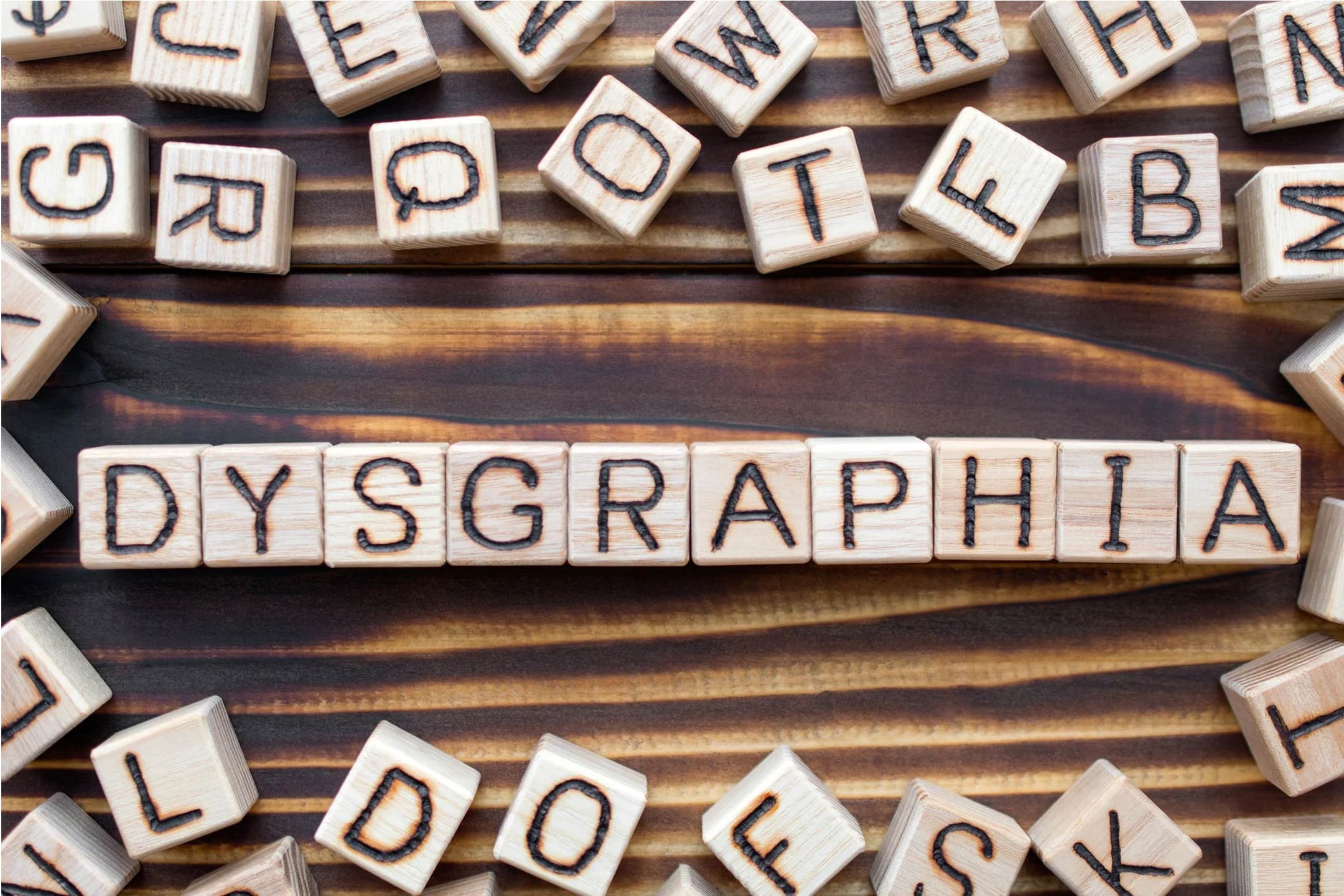
08 Jan What is dysgraphia in kids and why is it often overlooked?
Elvira Kalenjuk reports that recent data from the National Assessment Program – Literacy and Numeracy (NAPLAN) shows that many Year 9 students are writing at standards well below expected levels.
Several commentators have attributed low writing achievement to illness and high rates of absenteeism because of the pandemic, as well as disruptions or displacements from flood related disasters.
However, an area overlooked in this discussion is the impact of writing disabilities, such as dysgraphia.
Learning to write is a fundamental skill, yet, there are many Australians who struggle, perhaps never mastering the art of handwriting, or failing to translate thoughts to print.
Unbeknown to some struggling writers, they may have unrecognised dysgraphia, an underlying neurological disorder that impacts the ability to write proficiently, keep pace with school expectations, or feel self-confident when engaging in writing tasks.
Without proper diagnosis and targeted writing intervention, students with dysgraphia will continue to perform well below expected levels in the NAPLAN testing.
An overlooked disability
Dysgraphia, or specific learning disorder (SLD) in written expression, is a disability that continues to be overlooked within compulsory education, failing to gain traction or attention.
Dysgraphia impacts school-aged children in significant ways, and can be identified by poor handwriting, typing, or spelling, difficulty generating ideas for writing, or recording ideas in print. Some students with dysgraphia will have inconsistent grammar, or struggle to write lengthy written pieces that make sense or are logically scripted.
Dysgraphia can be difficult to detect, often referred to as a hidden disability, because it’s unrelated to intelligence, and affects students who generally perform well across the curriculum.
According to Australia’s peak body for specific learning difficulties, AUSPELD (2022), there are an estimated 3-5% of Australians diagnosed with specific types of learning disabilities in reading, writing, and mathematics. Based on Australia’s current population, this equates to roughly 1.2 million Australians.
Yet, many Australians have not yet heard about dyslexia (a disorder related to reading), dysgraphia (a disorder related to writing), or dyscalculia (a disorder related to mathematics), including educators who are the coalface of teaching these core skills.
Lack of awareness has consequences
My latest research data, including the voices of children, parents, and teachers, indicates schools are largely unaware of dysgraphia. In this research, children aged 10-12 years described their writing disability as often mistaken for laziness or lack of effort by peers and teachers, leading to feelings of low self-efficacy and poor writing confidence.
Parents described carrying the burden of a lack of awareness, which created additional pressure and stress on their children and families, both emotionally and financially. Working parents were compelled to advocate for their children and challenge teacher judgements, while simultaneously building their child’s writing capacity at home.
Parents described carrying the burden of a lack of awareness, which created additional pressure and stress on their children and families, both emotionally and financially.
Although schools are obligated to provide school-based accommodations for students with disabilities, there may be a disconnect between policy and classroom practice. The findings suggest dysgraphia-specific teacher training is necessary for teachers to identify potential cases, with many students falling through the cracks, leaving families to suffer the consequences.
Raising awareness is essential so early detection and timely intervention can give students a better chance of writing success, cultivate positive self-identities, and have better mental health outcomes.
More support and training needed
If the government and education system want to see improvements in the NAPLAN writing results, then additional funding, support, and training is needed. This is particularly vital for children with writing difficulties from vulnerable or disadvantaged families.
A diagnosis for dysgraphia or SLD in writing can be sought via a psychologist. Handwriting difficulties can be assessed by an occupational therapist, while speech or writing difficulties can be assessed by a speech pathologist.
However, only a psychologist or neuropsychologist can formally diagnose dysgraphia. Children who have a formal diagnosis tend to adapt more quickly to writing tasks when there’s vocabulary to help frame and explain their writing challenges. Parents and carers can also consult a GP, paediatrician, or other medical professionals for additional advice and support.
Teachers and parents can refer to AUSPELD or other accredited services for upcoming dysgraphia-specific training programs, refer children for an educational assessment, and follow recommendations as listed on personalised psychological reports.
If affordable, parents or carers can engage an accredited writing tutor through Learning Difficulties Australia (LDA). Parents or other adults can scribe or type for children to encourage writing ideas or develop lengthier writing pieces.
How educators can help
Educators can support children with dysgraphia by providing explicit, systematic and targeted instruction in handwriting, typing, spelling, grammar, and writing composition. Children cope well when writing tasks are scaffolded, or when they’re given extra time to complete tasks. It’s important that teachers offer extended due dates for assignments and reduce homework expectations.
Assistive technologies such as typing, voice-to-text or dictation function can greatly reduce writing stress and lift writing performance when used as intervention strategies. For specific classroom adjustments, a useful guide can be found here.
Educators involved in my research expressed concern about their capacity to address writing disabilities, saying they didn’t receive training in SLDs during their initial teacher education or as professional development.
Without this type of specific instruction, they felt ill-equipped to support the students diagnosed with dysgraphia.
If this gap in training can be addressed, improvements in writing standards may lift, potentially leading to improved outcomes in the NAPLAN.
Elvira Kalenjuk, PhD Candidate, Faculty of Education
This article was first published on Monash Lens. Read the original article

